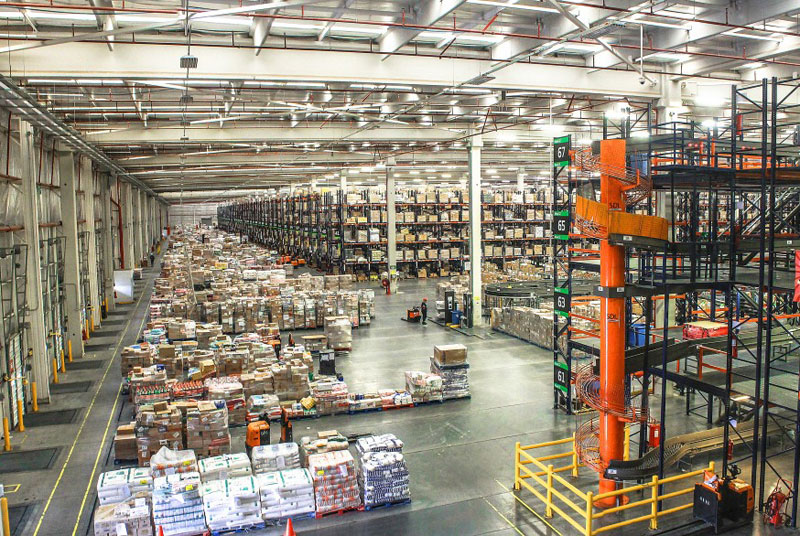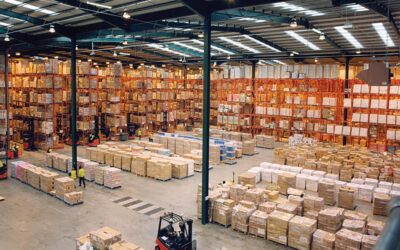Our previous blog introduced the three main categories of bottlenecks that apply to a manufacturing operation: demand in, people around, and flow through
This article will discuss the subject of demand in more detail, along with how to understand and think about solutions to demand challenges.
If all bottlenecks are related and connected as part of the same system, why are we starting with demand?
There are two reasons:
- A core principle of lean is to work as close to customer demand as possible. This activates other elements of the lean system (mixed scheduling, for instance) and connects the system with business results.
- Peter Drucker said, “The purpose of business is to create a customer.” If you don’t have demand, you don’t have customers. If you don’t have customers, you don’t have a business. A deep understanding of demand will bring you closer to customers and build insight into how to run your business better.
This seems very obvious, but demand is often not given the attention it requires. Your assessment and understanding of how your business works MUST start and end with your customer.
For the purpose of this discussion, we will exclude marketing, sales, and product development actions which exist to create demand but occupy a different sphere of influence. This doesn’t mean we’re excluding them from the conversation, definitely the opposite – they need to be actively involved to ensure the understanding and shared vision is as complete as possible.
Different business will naturally have many dimensions of demand to analyze and understand. Although specifics would be needed for any given situation, here are six useful criteria to start developing a picture:
- Cyclical time (seasonality, budget-driven, etc)
- Non-cyclical time (contract awards, industry trends, innovation events, etc)
- Feedback (market opportunities [QDC gaps], competitive threats, etc)
- Channel (customer, industry, etc)
- Complexity (processing, planning, customizations, etc)
- Mix (order size, frequency, volatility, etc)
All of these criteria need to be understood together in order to develop the picture of how the business is both accommodating current demand and anticipated to process future demand. Evaluation of the current demand needs to happen at a macro level (is there a short-term bottleneck at demand in or flow through) and a micro level (how to mix and process this demand through the system), while the future demand needs to be understood at a macro level both for volume (big changes up or down that need resolution or investment) and complexity (new customers or product demands that outpace current capability).
Understanding demand and applying that understanding to better run a business must involve executive management and cross-functional groups with a regular rhythm of planning, assessment, review, and action. If demand assessment and forecasting is something “done by the sales team” or “sent to the plants”, the result will be worse than guessing.
In a future article, I’ll illustrate this subject with real-world examples of demand and options to set up an operation to work effectively under different scenarios.
Read the next article in this series – Understanding Manufacturing Bottlenecks Part 2: Flow Through




